How to Get a Class B License - Simple Steps to Take
What is a Class B license? And which jobs require a Class B license? Understanding the criteria for acquiring a Class B commercial driver's license, as well as the time and effort required, can help you become prepared and build a solid strategy to reach your professional objectives.
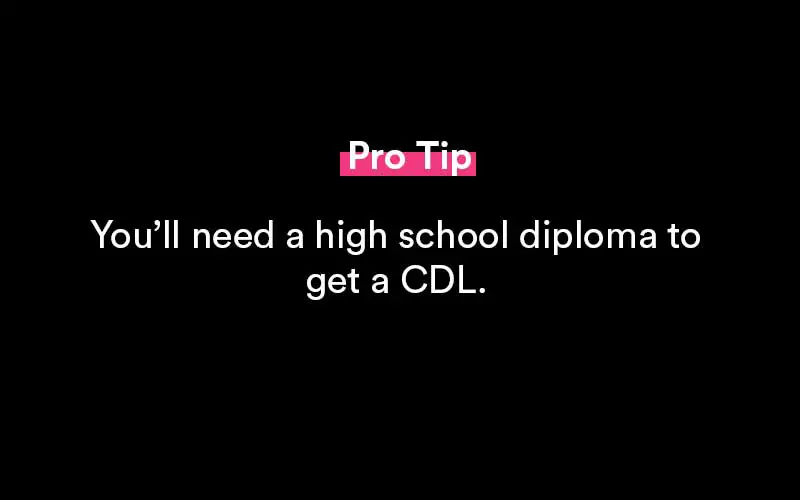
The Commercial Motor Vehicle Safety Act was enacted into law on October 27, 1986. This statute made it necessary for all commercial motor vehicle drivers to hold a CDL (commercial driver's licenses).
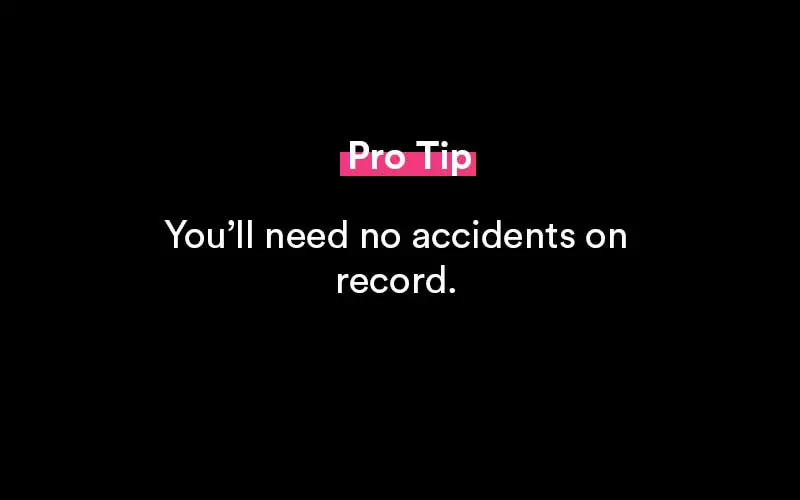
What is a Class B license?
A Class B CDL (commercial driver's license) permits drivers to operate a large single vehicle with a gross vehicle weight rating of more than 26,000 pounds or that is meant to transport 24 or more people, including the driver. Drivers with a Class B CDL can also tow a vehicle or detachable cargo carrier with a GVWR of less than 10,001 pounds. Large buses, dump trucks with tiny trailers, delivery trucks, and straight trucks are all examples of Class B vehicles.
Difference between Class A, Class B, Class C, Class D:
Though, this can vary by state. The following is a good rule of thumb:
- Class A — Any combination of motor vehicles having a gross combined weight rating (GCWR) of 26,001 pounds or more, as long as the towing vehicle weighs more than 10,000 pounds. Motorcycles and other motorized bikes are not included. (In most cases, a CDL is necessary.)
- Class B — Any single motor vehicle having a gross vehicle weight rating (GVWR) of 26,001 pounds or more, or any such vehicle carrying another vehicle weighing no more than 10,000 pounds. Motorcycles and other motorized bikes are not included. (In most cases, a CDL is necessary.)
- Class C — Any vehicle with a gross vehicle weight rating of more than 16,000 pounds but less than 26,001 pounds; or any vehicle towing another vehicle with a GVWR of 10,000 pounds or less; or any vehicle designed to carry 16 or more passengers, including the driver; or any vehicle transporting hazardous materials that require placarding. Motorcycles and other motorized bikes are not included.
- Class D — Any vehicle with a GVWR of less than 16,000 pounds, excluding those that need a Class A, B, or C driver's license or a motorcycle license.
Any motor-driven cycle with a displacement of less than 150cc is classified as Class L.
Any motorbike or motor-driven cycle is classified as Class M.
What does a Class B driver do?
School bus drivers, public transit bus drivers, dump truck drivers, straight truck drivers, and segmented truck drivers are all examples of Class B drivers. They can also drive delivery trucks, distribute mail, and run maintenance vehicles.
Requirements for a Class B license
The following section goes through the criteria for applying for and receiving a Class B license.
Non-commercial driver's license
You must already have a non-commercial driver's license to obtain a Class B license. This demonstrates your understanding of traffic regulations as well as your ability to drive a basic automobile.
A high school diploma
Although education requirements vary by state, many places need at least a high school diploma to apply for and drive a commercial vehicle.
No accidents
If you have a clean driving record, you can be able to improve your chances of getting a Class B license. It implies that you have good driving skills and might use them to pursue a career as a commercial driver.
Minimum age requirements
You'll have to do some study to find out what age you must be to operate a Class B commercial vehicle in your state. Some states, for example, can enable you to get a Class B license at the age of 18, but you won't be permitted to drive out of state until you're 21.
How to get a Class B license
The procedure for obtaining a Class B license is described below.
Find your states requirements
Because each state can have its own set of standards for what allows someone to obtain a Class B commercial driver's license, it's crucial that you investigate your state's regulations to see whether you're eligible. You can get this information by visiting the website of your state's motor vehicle association.
Earn a commercial learner's permit (CLP)
You can apply for a business learner's permit at your local DMV. Because you will have to take numerous written examinations covering topics such as general traffic rules, air brakes, and different sorts of endorsements, you should first examine online study resources available through your state's MVA website.
You will receive your CLP and be able to begin test driving once you have completed and passed these examinations.
Enter through the screening process
You'll have to go through numerous exams as part of your license procedure to evaluate your eligibility to drive Class B cars. Because Class B drivers can drive school buses, public transportation vehicles, and transport hazardous goods, you'll need to be finger-printed and pay a charge for a background check.
Get the DOT physical ability card
You must also pass a physical examination via your state's Department of Transportation as part of the screening procedure. To determine if you are physically fit to operate a commercial vehicle, they will assess your hearing, eyesight, color vision, cardiovascular health, and blood pressure.
You can get a medical examiner's certificate if you pass your physical test. Annual physicals are required to confirm that you are still fit to drive a commercial vehicle.
Attend a CDL program
Although this is an optional stage, it can be incredibly helpful in preparing you for your final exams. You will receive in-class training on key components such as air brakes, traffic regulations, and truck mechanics in addition to practice hours dedicated to driving a Class B vehicle. For information on available programs and costs, go to the website of your state's department of transportation.
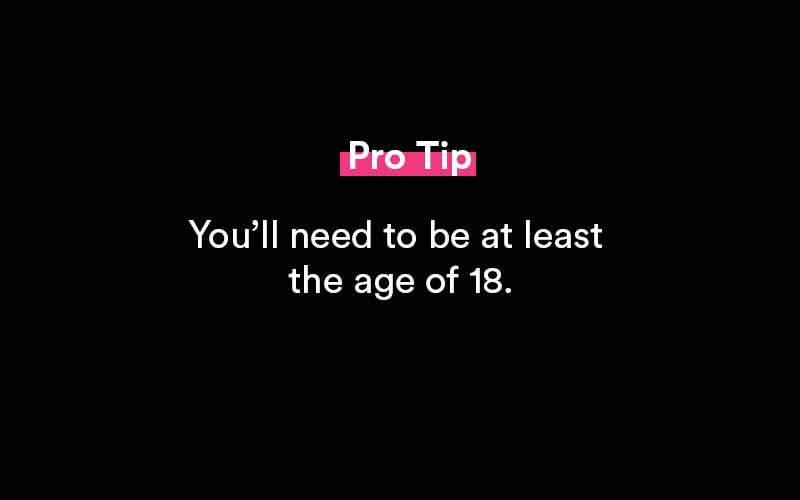
Complete the written exam
The CDL examination consists of three tests that assess your understanding of the vehicle you'll be driving and the state's traffic rules. As part of the exam, you will have to pass a driver's test. After passing the exam, you will be issued a Class B driver's license. To renew your license and maintain it up to date through continuing education classes, you'll need to be aware of your state's regulations.
Consider the CDL endorsements required
Class B license holders can obtain the following endorsements. You will most likely be required to pass a written exam and, in some circumstances, a road skills test in order to get these endorsements. On the CDL website, you can learn more about these endorsements.
- (P) - Passenger transport
- (H) - Hazardous materials
- (S) - School bus/passenger transport
- (T) - Tank vehicle
- (X) - Tanker and hazardous materials
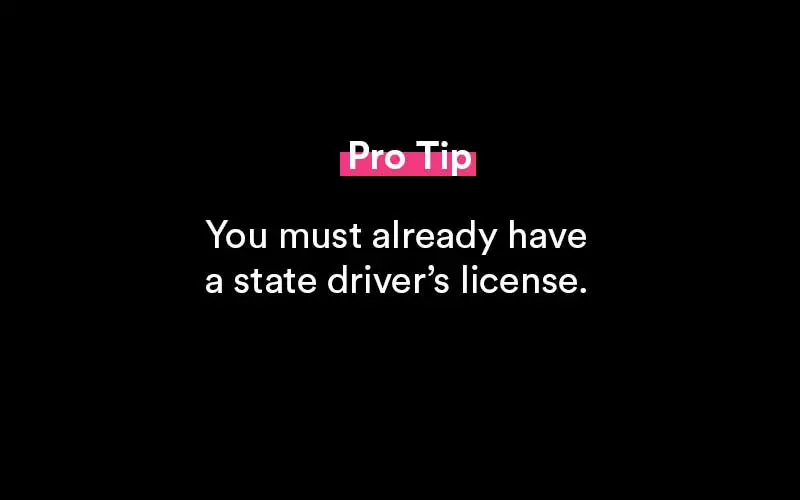
With the right endorsements, a class B CDL holder can also drive certain class C vehicles.
Jobs that require a Class B license
Jobs you can get as a Class B license holder, with the ability to operate commercial motor vehicles.
- Truck driver.
- Delivery driver.
- Regional driver.
- Long haul truck driver.
- Tanker truck driver.
- Hazardous materials transport.
- Passenger vehicles driver.
- School bus driver.
Holders of this license can drive passenger vans, small HAZMAT vehicles, and combination vehicles that aren't classified as Class A or B with the appropriate endorsements.
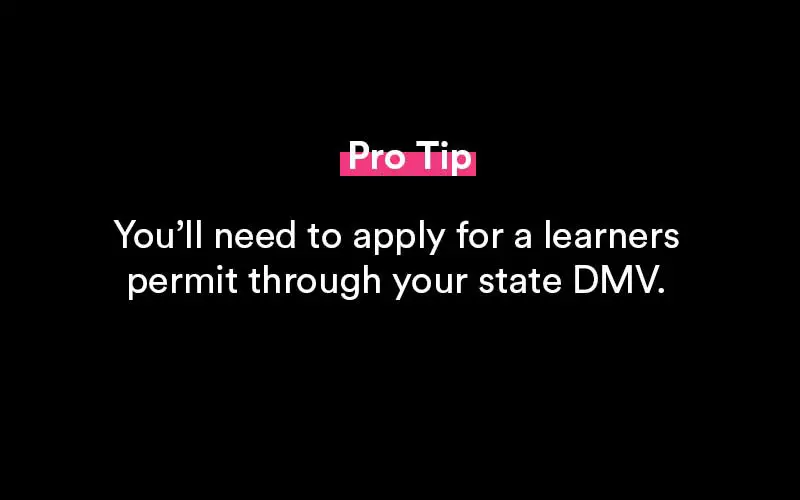
Popular Resources

Featured
35+ Phone Interview Questions & Best Sample Answers
Phone interviews have become a core part of the process when attempting to find a secured placement for an open position. Companies receive massive responses from potential candidates for any..

Featured
12+ Best Questions To Ask A Recruiter
Concerning a job search, you might receive numerous offers from your recruiters. Before you choose one, you need to assess all the conditions, for which it is vital that you know everything associated with the offered position..

Featured
Answering "What Makes You Unique" In A Job Interview
Answering this question during a job interview requires more than knowing why you are unique as an individual. Yes, the true scientific answer is made up of two main components: your..

Featured
250+ Ice Breaker Questions for Life
An ice breaker question is a question that’s asked from one person to another person in order to act as a conversation starter. It brings a connection...

Featured
10 Best Answers to "What Motivates You?"
Open-ended questions like “What motivates you?” can elicit a deer-in-the-headlights reaction from job candidates if they are unprepared. It’s a broad question and can leave the interviewer..

Featured
Answering "How Did You Hear About This Position" In An Interview
A lot of interviewers ask this question - how did you hear about this position? This way they can judge you if you are a passive or an active job seeker..

Featured
8 Best Thank You Emails After an Interview (Samples, Free Templates)
Writing a thank you note after an interview says a lot about you as a potential employee. Most notably, it says that you care about the opportunities presented..

Featured
Writing a Resignation Letter (How To Write It, Samples)
Writing the perfect letter of resignation is more of an art than it is a science. And we’re going to cover how to master that art form in this full guide..

Featured
How to End a Letter (Example Salutations, Sign Off's)
Knowing how to end a business note or email is an important skill to develop. It helps portray a sense of confidence, respect and tone to your message..
